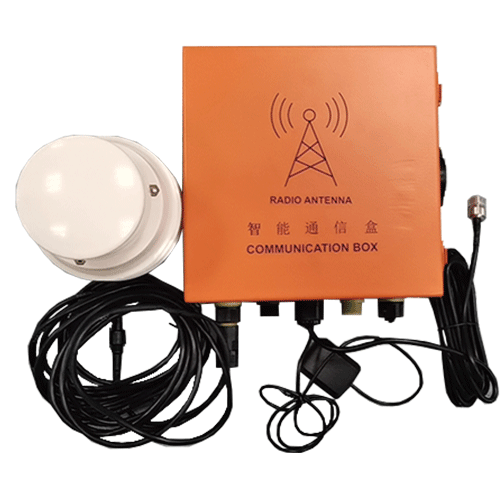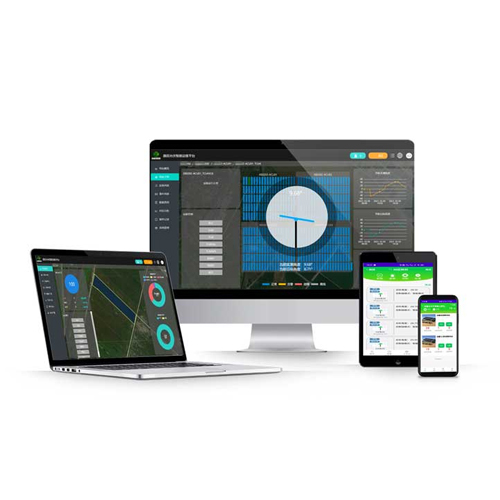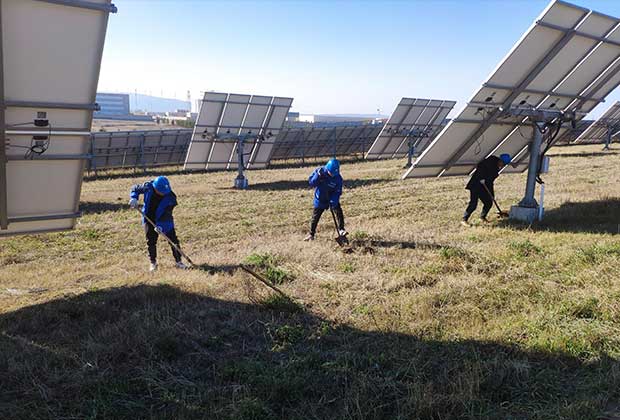Ⅰ. The shaft of the PV tracking system
At present, the mainstream shafts are: shaft sleeve, PA66, and ultra-high molecular weight polyethylene. Among them, UHMWPE has the highest stability and quality.
UHMWPE has the best comprehensive performance and does not require maintenance; the impact resistance and wear resistance of nylon bearings are lower than those of UHMWPE, and the weather resistance is slightly worse; the service life of metal self-lubricating bearings is slightly higher than that of metal bearings, but It still needs to be replaced frequently.
Ⅱ. Driving device of PV tracking system
1. Drive mechanism
At present, the mainstream drive mechanisms are mainly electric push rods, gear turbine worm reducers, and rotary turbine worm reducers.
Since the rotary reducer is superior to the electric push rod and helical gear reducer in terms of torque, impact resistance, installation and maintenance, the rotary reducer is more suitable for PV tracking systems.
Generally, the protection level is required to reach IP55.
2. Drive motor
The drive is mainly divided into AC motor and DC motor.
A very prominent feature of PV tracking systems is intermittent operation. This requires the motor to have good load characteristics and overload capacity. The DC motor just has the characteristics of large starting torque and strong overload capacity. Therefore, DC motors are more suitable for devices such as PV tracking systems.
Generally, the protection level is required to reach IP65.
Ⅲ. Controller of PV tracking system
1. Control method
With the development of the tracking system to this day, the tracking controller is still a very key component; the control method or control frequency of the tracking controller is constantly being improved and upgraded.
The starting point of the four traditional control methods: by controlling the rotation angle of the support system, the angle between the normal line of the PV module and the sunlight is minimized, so as to maximize the effective radiation received by the PV module.
However, in cloudy and rainy days or weather with low irradiance, due to the refraction and scattering of the sun's light, how should the tracker adjust the tracking angle under such uncertain light conditions?
At this time, a new control method was born - maximum efficiency tracking.
The basic principle of this method is to use real-time power generation as the condition of the controller, and to maximize the power of photovoltaic power plants through a series of algorithms. According to the test data, in areas with more rainy weather, the power generation of this control method can be increased by 4% to 8% compared with the traditional control method.
2. Communication and power supply
For the power supply and communication of the tracking controller, it can be combined with the string inverter. The string inverter provides power to the tracking controller, the communication of the tracking controller is connected to the string inverter, or the communication of the string inverter is connected to the tracking controller; this reduces the power consumption of the tracking controller. Capital investment in cables and communication cables.
3. The functions that the tracking controller should have
The tracking controller should have the following functions:
① Early warning protection - remote control and fault diagnosis;
② Motor soft start/brake - reduce the impact on the reducer;
③ Motor current detection - protect the motor, so as not to burn the motor due to excessive current;
④ Remote communication interface - realize communication between single machine and PC, realize networking in large projects, and realize group control;
⑤ Gale protection - enter the gale protection state when the wind is strong;
⑥ Reverse tracking - to prevent shadow occlusion;
The protection level of the controller should be above IP65.
 English
English  中文
中文



